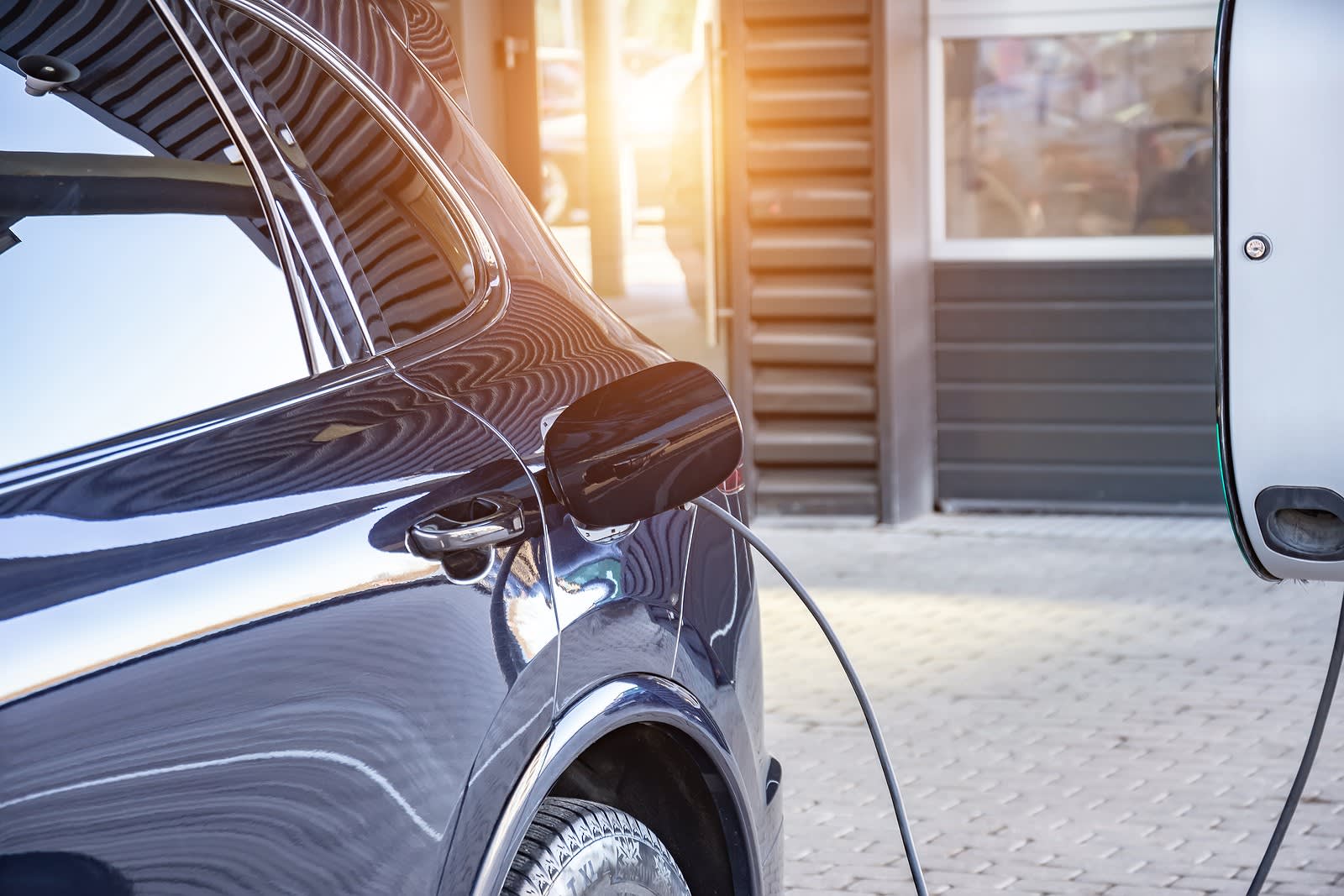How much does it cost to charge a commercial EV fleet?
The carbon savings from switching a commercial fleet to electric vehicles are well known. It’s also understood that the Total Cost of Ownership is much lower too.
But the cost savings that EVs bring on fuel aren’t always fully appreciated.
Those savings can be enormous – especially when multiplied across a whole commercial fleet over its entire lifetime.

The cost of electricity per unit tends to be much cheaper than petrol and diesel. And you can amplify the saving by charging your EVs at off-peak times when electricity’s even cheaper.
If you generate low-carbon electricity through your own renewable assets – e.g. by having wind turbines or solar panels – then the power your fleet depends on could be even cheaper. And, as vehicle-to-grid (V2G) charging develops, your fleet could become a revenue stream too, driving greater value for your organisation.
So, how do you quantify fuel cost savings after the switch to EVs? First, discover how much it might cost to give a ‘typical’ EV fleet one full charge of electricity from the grid.
How much does it cost to charge a typical fleet EV?

It costs roughly £22 to charge the EV and travel 245 miles. But how does that compare with a ‘typical’ internal combustion engine (ICE) fleet vehicle?
By dividing the total cost of fuel by the range, we can calculate a fuel cost per mile for each vehicle.
Costs per mile of typical fleet EV versus its ICE equivalent

A typical EV’s cost per mile is almost half the price of its ICE counterpart. And it’s producing zero tailpipe emissions at the same time. So it’s much cleaner, better for the environment and your organisation’s sustainability targets, and delivers a significant saving.
Switching to EVs makes it easier to keep your fleet fuelled, too. You can choose to have chargers at your premises and, if necessary and feasible, at the homes of your fleet drivers.
There’s a wide range of grants and incentives available to help cover the costs of installing the charging infrastructure you’ll need. And if you’re using self-generated electricity - provided you put the right points in the right places - your fuelling costs could fall even further.
In fact, with the right infrastructure in place, your EV fleet could generate income in the future thanks to V2G charging. This allows operators to benefit from selling the power stored in their EV batteries back to the grid at times when demand – and prices – are high. And you can’t do that with the diesel in your tanks.
The majority of fleet vehicle journeys don’t use the full range of an EV. So your drivers shouldn’t need to ‘top up’ at filling stations as often as they do in their ICE vehicles. Even if they do top up, electricity at motorway service station chargers will most likely remain cheaper than diesel or petrol.
Want to find out how you can start saving?
Switching your fleet to EVs isn’t a challenge you need to face alone. We’re already supporting customers as they make the change.
Our real-time telematics provide you with the data you need to understand exactly what your fleet and your drivers need. We can guide you through the entire process and help you get the right answer for your organisation, your drivers and your fleet manager.
If you’d like to know more, please contact our EV team today using the button below.
Contact us
